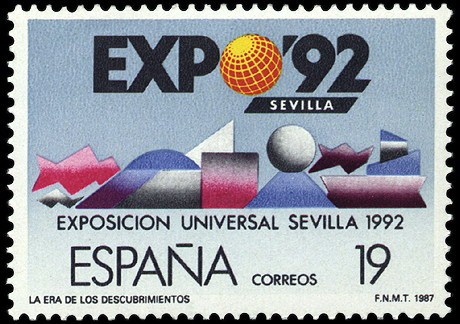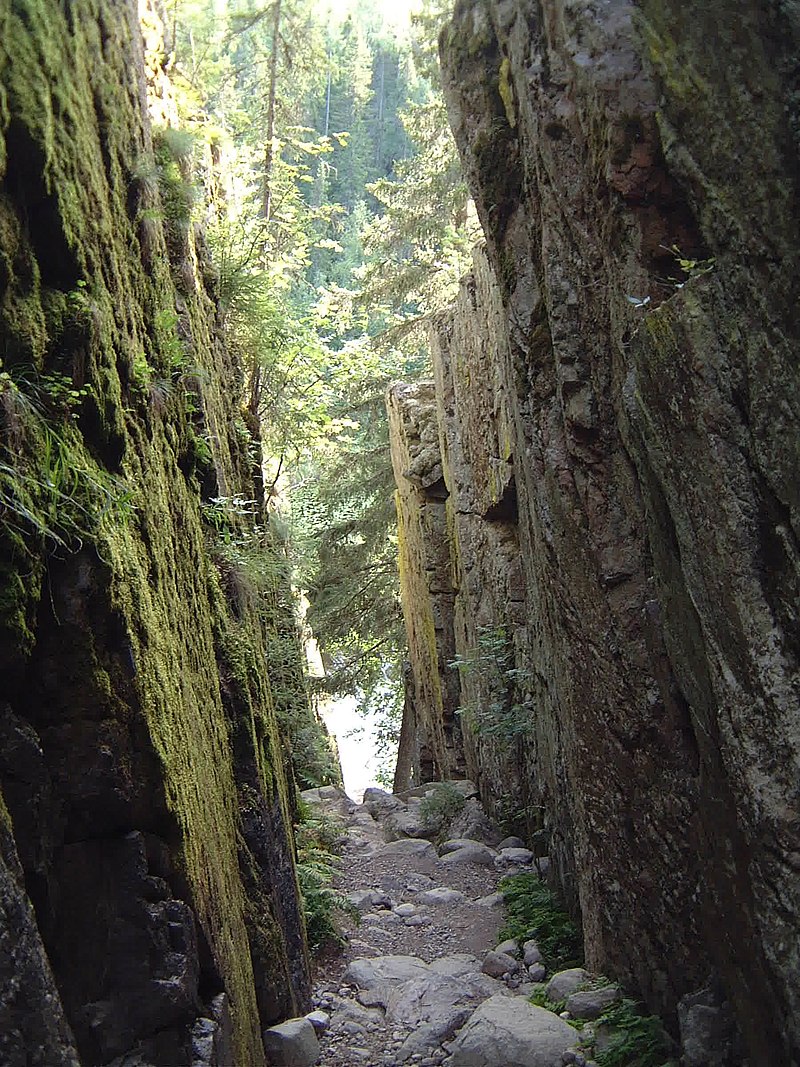ICCE 2016 Sub-Conference on Advanced Learning Technologies (ALT), Learning Analytics and Digital Infrastructure
Mumbai, IndiaNovember 28 - December 2 (Monday-Friday), 2016
Organized by the Asia-Pacific Society for Computers in Education http://www.apsce.net/Hosted by Indian Institute of Technology Bombay, India
All accepted papers will be published in proceedings which will be indexed by Elsevier Bibliographic Databases (e.g., Scopus, Engineering Village and others). Authors of accepted distinguished full papers will be invited to submit extended versions of their papers for consideration of publication in Research and Practice in Technology Enhanced Learning (RPTEL), the official academic journal of the Asia Pacific Society for Computers in Education.
This sub-conference of ICCE 2016 will focus on recent and emerging directions in aligning digital infrastructure requirements with innovations in digital learning. In particular, it focuses upon advancements in learning technologies due to new and inventive use of data as representations of learning activities and also as a resource for learning. This brings into scope learning analytics and its sub-processes of capturing, collecting, storing, analyzing, visualizing and using data to improve learning, and processes that enable it, such as educational data mining, open educational resources, interoperability standards, and digital infrastructures.
This theme-based conference of ICCE will provide an opportunity to present and exchange ideas and results about recent research in the application of digital technologies in education and training. This conference focuses also on innovation that spans open educational resources and interoperability standards, both of which are important driving forces of sustainable digital technology adoption in education and training. The conference aims to inform standards development in the area of systems and resource interoperability and to report on and inspire design of new and advanced learning technologies.
The scope of the conference will cover but not be limited to the following topics
- Implementation and organisational development of advanced learning technologies
- New generations of educational technologies
- Design and application of learning analytics systems
- Data sharing for learning analytics
- New repository technologies and network systems
- Pedagogical models and learning analytics
- Gathering diverse learning data, e.g., related to linked and open data
- Development and management of algorithms for analytics based on gathered data
- Predictive models, visualisation and statistical analysis
- Privacy concerns and policy aspects related to learning analytics
- Open platforms, Open Educational Resources (OERs), Massive Open Online Courses (MOOCs), open data, and open learning methods
- Evaluation and Assessment, including E-testing and new test theories
- International developments in open source and open standards
- Technology standards for content, portfolios, learner information, and competencies
- Life cycle management of technical learning objects
- Organizational readiness
- Social media and learning
- Personalized educational and learning systems
- Learning systems platforms and architectures
- E-learning, knowledge management and their organizational management
- Automated assessments
- Recommender systems
- Open Educational Resources (OER) – systems and application
- Learning content retrieval and recommendation
- New directions for standards development in the field of digital learning
- Digital Badges and open badging systems
- Design Thinking & Human Computer Interaction
- The Internet of Things and the future of learning
- Full paper (8-10 pages)
- Short paper (5-6 pages)
- Poster paper (2-3 pages)
All the accepted full papers are eligible for the competitions of
- Best Overall Paper Award
- Best Student Paper Award (restricted to papers whose first authors are graduate or undergraduate students)
- Best Technical Design Paper Award
Important dates (Main Conference)
Paper Submission Due: May 10, 2016Notification of Acceptance: August 2, 2016
Program Co-chairs
Tore HOEL, Oslo and Akershus University College of Applied Sciences, Norway (executive program chair)Ulrich HOPPE, Univerisity of Duisburg-Essen, Germany
Xavier OCHOA, Escuela Superior Politécnica del Litoral, Ecuador
Jin Gon SHON, Korea National Open University, South Korea
Program Committee
Irene CHEN, National Changhua University of Education, TaiwanJean-Noel COLIN, University of Namur, Belgium
Ingo DAHN, University of Koblenz, Germany
Dai GRIFFITS, University of Bolton, United Kingdom
Seungyeon HAN, Hanyang Cyber University, Korea
Yih-Ruey JUANG, Jinwen University of Science and Technology, Taiwan
Fanny KLETT, German Workforce ADL Partnership Lab, Germany
Tatsuhiro KONISHI, Shizuoka University, Japan
Eugenijus KURILOVAS, Vilnius University, Lithuania
Lam-for KWOK, City University of Hong Kong, Hong Kong
Chien-Sing LEE, Universiti Tunku Abdul Rahman, Malaysia
Jerry LEESON, University of Adelaide, Australia
Ching-Jung LIAO, Chung Yuan Christian University, Taiwan
Kin Chew LIM, SIM University, Singapore
Jon MASON, Charles Darwin University, Australia
Kenji MATSUURA, Tokushima University, Japan
Kuo-Liang OU, National Hsinchu University of Education, Taiwan
Luis ANIDO RIFON, University of Vigo, Spain
Robby ROBSON, Eduworks Corporation, USA
Manuel Caeiro RODRIGUEZ, University of Vigo, Spain
Eunice SARI, Univeristy of Western Australia, Australia
Hitoshi SASAKI, Takushoku University, Japan
Marcus SPECHT, the Open University of the Netherlands, Netherlands
Riina VUORIKARI, Institute for Prospective Technological Studies, European Commission, Belgium
Maggie M. WANG, The University of Hong Kong, Hong Kong




